

|
|
Your Witness AKA Eye Witness AKA Eyewitness
R2 - United Kingdom - Network Review written by and copyright: Paul Lewis (23rd October 2014). |
|
The Film
  Your Witness (Robert Montgomery, 1950) Your Witness (Robert Montgomery, 1950)
Robert Montgomery’s earliest films as an actor were predominantly comedies or other genres with a ‘light touch’: for example, musicals such as So This is College (Sam Wood, 1929) and romantic dramas like Strangers May Kiss (George Fitzmaurice, 1931). However, from 1930 Montgomery intermittently appeared in darker dramas such as The Big House (George W Hill, 1930), in which Montgomery plays one of three convicts who become involved in a prison break. Montgomery’s role, against the type that he played in the romantic films and comedies in which he appeared, is that of a cowardly stool pigeon who is in prison for vehicular homicide (it’s suggested but not made explicit that the cause of this accident was Montgomery’s character’s drinking). Montgomery also appeared, memorably, in an against-type role in Night Must Fall, Richard Thorpe’s 1937 film adaptation of Emlyn Williams’ play. In that film, Montgomery played a cold, calculating sociopath who commits a number of brutal murders. Night Must Fall is sometimes cited as a precursor to the thematically dark films noirs that became popular during the 1940s: Robert Murphy has referred to the film as a ‘proto-noir’, whilst Andrew Spicer suggests that the character Montgomery plays in this film is a ‘homme fatale, a psychopathic sexual opportunist and murderer’ (Murphy, 2007: 88; Spicer, 2010: 208). These noir-ish elements must have appealed to Montgomery, as aside from his uncredited work as director on They Were Expendable (John Ford, 1945), his first film as a director was the famous adaptation of Raymond Chandler’s Philip Marlowe novel The Lady in the Lake (Robert Montgomery, 1947) which was told entirely through a subjective camera, in point-of-view shots from Marlowe’s (played by Montgomery) perspective. Montgomery also directed the hard-hitting film noir Ride the Pink Horse (1947), an adaptation of Dorothy B Hughes’ novel about a GI (Gagin, again played by Montgomery) who is unable to leave the war behind, embarking on a quest to punish a war profiteer for the death of Gagin’s former brother-in-arms Shorty. This narrative focus is familiar from many post-war films noirs, including John Sturges’ Bad Day at Black Rock (1955), in which Spencer Tracy visits his Japanese-American comrade and finds that his friend has been murdered by the anti-Japanese townsfolk, forcing Tracy into an act of revenge; and the incredibly bleak Act of Violence (Fred Zinnemann, 1948), in which Robert Ryan hunts down his former commanding officer, Van Heflin, obsessed with the idea of revenge for something that happened during the war. 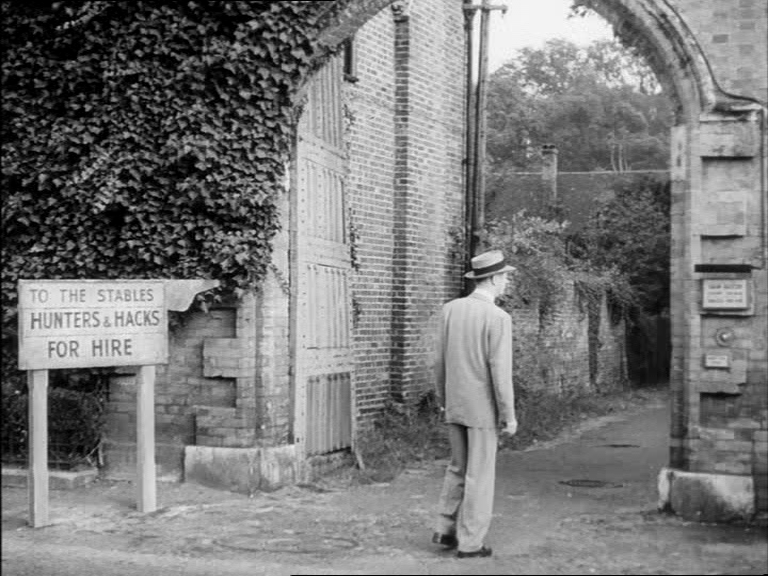 Your Witness, released in the US as Eyewitness, has a similar focus on the fallout from the way, with Montgomery’s character (Adam Heyward), again a veteran of the Second World War, an attorney who finds himself reflecting on and returning to the relationships formed in the combat zone when his British friend Sam Baxter (Michael Ripper) is framed for the murder of a philanderer, Laurence. During the war, at Anzio, Sam saved Heyward’s life. Heyward departs for the small English village, around twenty miles outside London, to assist his former brother-in-arms in any way that he can, along the way enlisting the help of Colonel Roger Summerville (Leslie Banks) and the Colonel’s sister-in-law, Alex Summerville (Patricia Wayne), whose husband, the Colonel’s brother, was killed in action. Alex is the principal romantic interest for Heyward, but when Heyward begins to suspect that there was a witness to the killing, apparently committed by Sam in self-defence, who hasn’t come forwards – a woman who was involved in an illicit liaison with Laurence, Heyward begins to suspect Alex. Your Witness, released in the US as Eyewitness, has a similar focus on the fallout from the way, with Montgomery’s character (Adam Heyward), again a veteran of the Second World War, an attorney who finds himself reflecting on and returning to the relationships formed in the combat zone when his British friend Sam Baxter (Michael Ripper) is framed for the murder of a philanderer, Laurence. During the war, at Anzio, Sam saved Heyward’s life. Heyward departs for the small English village, around twenty miles outside London, to assist his former brother-in-arms in any way that he can, along the way enlisting the help of Colonel Roger Summerville (Leslie Banks) and the Colonel’s sister-in-law, Alex Summerville (Patricia Wayne), whose husband, the Colonel’s brother, was killed in action. Alex is the principal romantic interest for Heyward, but when Heyward begins to suspect that there was a witness to the killing, apparently committed by Sam in self-defence, who hasn’t come forwards – a woman who was involved in an illicit liaison with Laurence, Heyward begins to suspect Alex.
Although in its focus on the after-effects of the war, Your Witness has some similarities with Ride the Pink Horse, this film takes a far ‘ligher’ approach to this material. Montgomery intersperses the narrative with comic moments – many of which revolve around fish-out-of-water Heyward’s halted attempts to communicate with the rural types who populate Sam’s village (including a stereotypical pub landlord and an equally stereotypical village policeman), his difficulty in understanding their colloquialisms, and his struggle to comprehend the differences between Montgomery’s experience of the law as a US attorney and the very different characteristics of British law and legal practice. (It’s worth noting that one of the courtroom scenes features an early blink-and-you’ll-miss-it performance from Stanley Baker, as a witness in the trial.) The film as presented on this disc has a running time of 96:32 mins (PAL), which is somewhat different from the running time that the BBFC list for the film’s 1949 submission (105:53 mins). Whether or not that longer running time was an early cut of the picture, as sometimes happened during that era, and the version released to British cinemas was five minutes or so shorter (which would be roughly commensurate to the 96:32 minute running time, in PAL, of this DVD version), is unclear. However, in the US, the film was released in a version running approximately 94 minutes – so this DVD contains a substantially longer edit of the film than the US theatrical version. 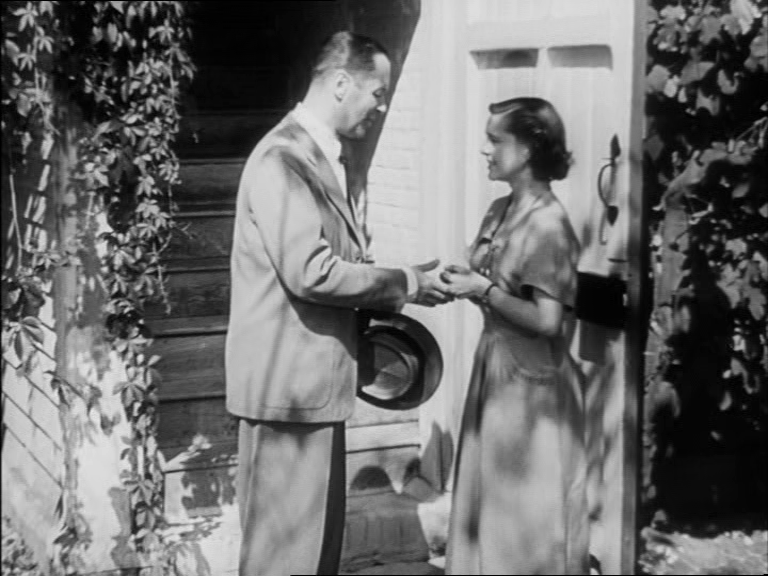 
Video
The film is presented in the 1.33:1 aspect ratio, which would seem to be (roughly) commensurate with the intended aspect ratio. However, the compositions sometimes seem a little awkwardly balanced and ‘tight’, especially along the right-hand side of the frame, so there may be an element of zoom-boxing in this transfer. (This could potentially be a product of the original photography, however, so please don’t take it as gospel.) It’s a reasonably good presentation, but there is some intermittent evidence of what seems to be telecine wobble (in the church scene, for example), and throughout the picture contrast seems a little ‘off’ – with highlights often looking a little too ‘hot’, resulting in a lack of tonality and loss of detail in some facial close-ups, for example. 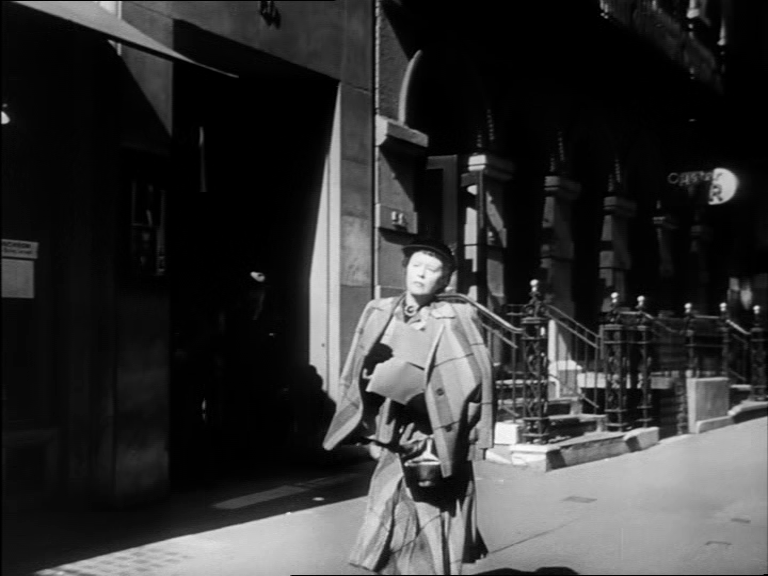
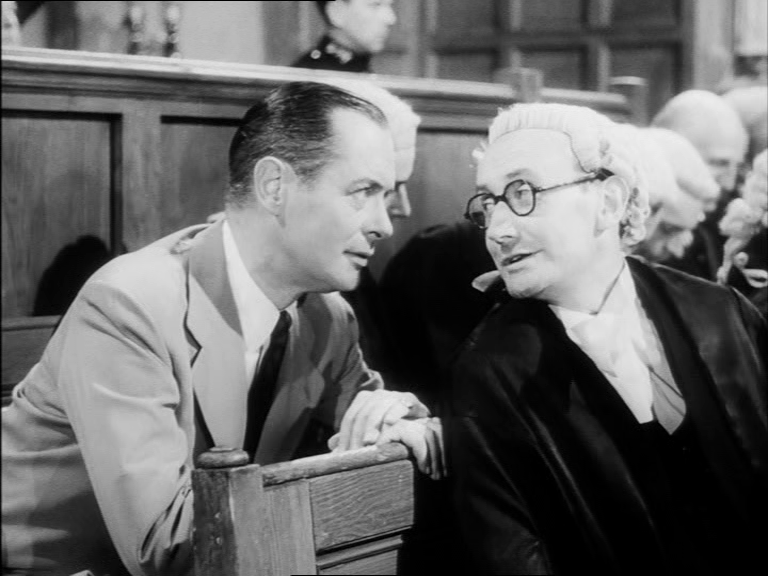
Audio
Sound is presented via a Dolby Digital 2.0 mono track. (There are no subtitles, sadly.) This track is clear throughout and perfectly acceptable.
Extras
The disc includes a stills gallery (1:01).
Overall
 Given the experimental qualities of The Lady in the Lake and the dramatic strengths of Ride the Pink Horse, Your Witness is something of a disappointment, Montgomery spending far too much time on comic interludes involving Heyward’s difficulties in communicating with the British locals, who for the most part come across as little more than stereotypes. Your Witness would be Montgomery’s last film as an actor and it would be ten years before Montgomery would helm another film, which would also be his last as a director: The Gallant Hours (1960). Given the experimental qualities of The Lady in the Lake and the dramatic strengths of Ride the Pink Horse, Your Witness is something of a disappointment, Montgomery spending far too much time on comic interludes involving Heyward’s difficulties in communicating with the British locals, who for the most part come across as little more than stereotypes. Your Witness would be Montgomery’s last film as an actor and it would be ten years before Montgomery would helm another film, which would also be his last as a director: The Gallant Hours (1960).
Nevertheless, there’s much to enjoy here. The presentation on the disc isn’t spectacular but, given the relative rarity of the film, is acceptable. Your Witness is not a great film, by any means, but fans of post-war filmmaking (and fans of Montgomery, in particular) will find it a pleasurable experience. References: Murphy, Robery, 2007: ‘British Film Noir’. In: Spicer, Andrew (ed), 2007: European Film Noir. Manchester University Press: 84-111 Spicer, Andrew, 2010: Historical Dictionary of Film Noir. Plymouth: Scarecrow Press 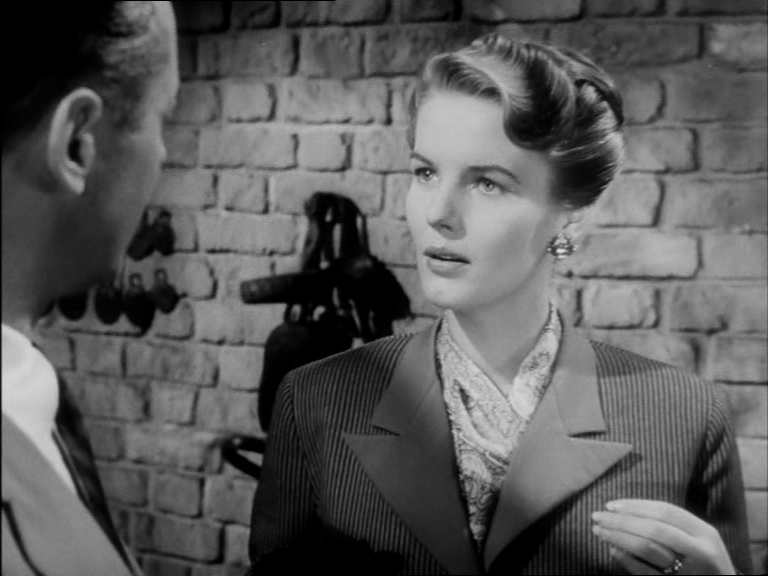 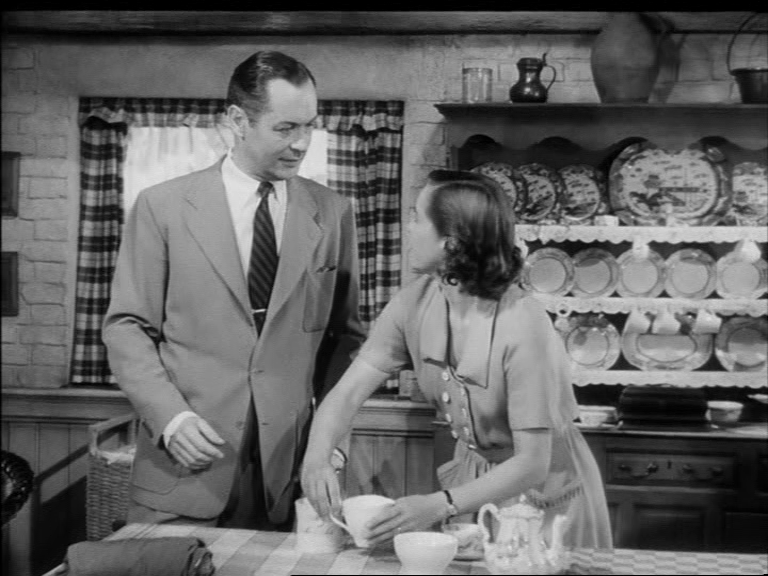 This review has been kindly sponsored by: 
|
|||||

|